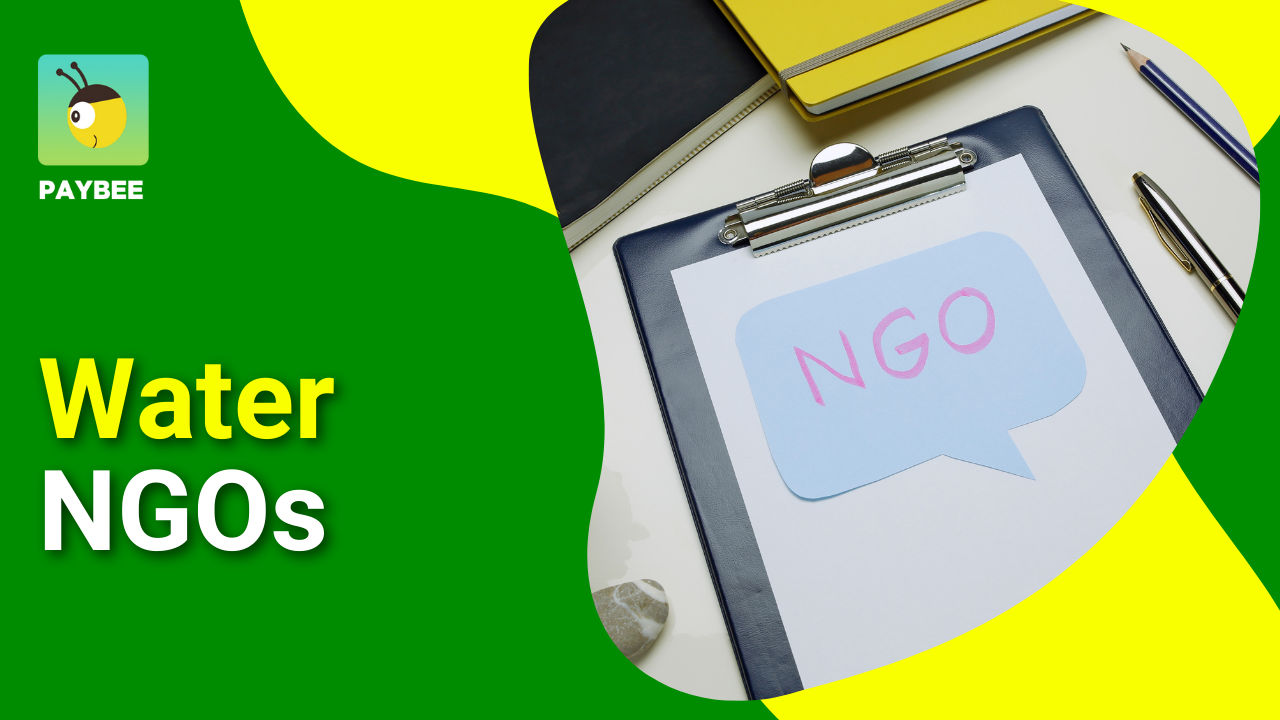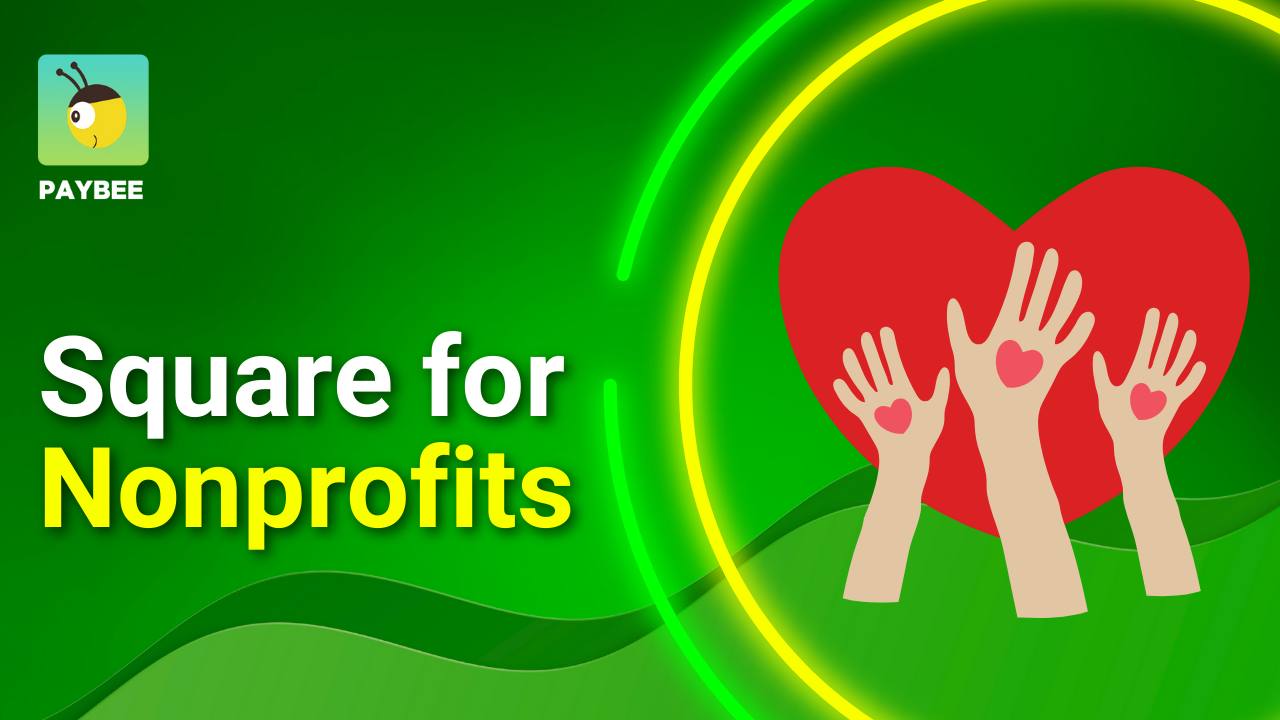
The Ultimate Guide to Supporting the Water NGOs in 2025
The Ultimate Guide to Supporting the Water NGOs in 2025
The Ripple Effect: How Water Charities Change Everything
It’s easy to forget how important clean water is—until you don’t have it. Across the globe, there are still entire communities living without safe drinking water or basic toilets. In fact, it’s estimated that about 2.2 billion people lack access to clean and reliable water sources. It’s a major health issue, and it affects everything from school attendance to jobs to food production.
That’s where water-focused charities step in. Some drill wells. Some install water filters. Others work on sanitation or help prepare for droughts. What they all have in common is this: they’re doing the work, day in and day out, to bring clean water where it’s needed most.
Supporting these groups isn’t just the right thing to do– it’s also a practical way to make a difference. Donations help these groups reach more people, respond to emergencies faster, and create systems that last, and with platforms like Paybee it’s easier than ever to support causes you care about and make sure your contributions get to where they need to be. But with so many nonprofits out there, it’s important to know who’s actually making a difference—and how.
This article breaks it all down: why water matters, what these organizations really do, how to give wisely, and a few success stories that show the impact up close.
What Are Water NGOs?
Clean water sounds like a given—but for millions, it’s not. In many parts of the world, turning on a tap is still a luxury. People walk miles. Kids miss school. Illness spreads fast because there’s no safe way to drink, wash, or cook. And with climate shifts and growing demand, it’s only getting harder.
That’s why water-focused NGOs (Non-Governmental Organizations) exist. They step in where governments or broken systems fall short—digging wells, fixing pipes, building toilets, and teaching hygiene. A lot of the work happens quietly, but the impact is huge.
Quick View: Top 5 Reasons to Support Water NGOs in 2025
- They fight water shortages in places hit hardest by drought and climate change.
That means water is still available even when the rains aren’t.
- They prevent disease by replacing dirty water with safe, clean sources.
That means healthier families.
- They give women and children more freedom by cutting down long daily walks for water.
That means more time for school, work and family.
- They boost local economies by helping farms, schools, and small businesses grow.
That means communities can become self-sustainable.
- They build long-term solutions that don’t just put a band-aid on the problem—they fix them for good.
That means clean water keeps flowing year after year.
Benefits of Supporting Water NGOs
Clean water does more than make life easier—it transforms communities. When a community has steady access to safe water, everything changes. Health improves, children can go to school, and families have time to focus on their futures. Here’s what clean happens when there’s access to clean water:
Overall health improves. Waterborne illnesses like cholera and dysentery hit hardest in places where safe water is hard to find. These diseases take a real toll—especially on the most vulnerable, like young children and the elderly. But when a well is built, toilets go in, and families learn simple hygiene habits, the impact is immediate.
Opportunities are created. In many communities, collecting water is a daily task that takes hours—time that could be used for work, school, or caring for loved ones. The burden, also, often falls on women and girls, limiting their ability to study or earn a living. When water is nearby, those hours are freed up, opening the door to education, opportunity, and long-term change.
It encourages long-term sustainability. Environmental care is also becoming a bigger part of clean water work. Many NGOs now use solar-powered pumps and teach the communities they're working in how to protect local water sources. It’s not just about getting water today—it’s about making sure the tap will still be flowing tomorrow.
Types of Water NGOs
Not all water NGOs work the same way. Some jump in during emergencies, while others focus on long-term change, tech innovation, or policy reform. Here’s a look at the main types—and how each one tackles the global water crisis from different angles.
Emergency Relief NGOs
-Focus Area: Bringing water and toilets into places dealing with conflict, floods, or
sudden disasters
-Example: International Rescue Committee
-Regions Served: Crisis zones across different continents
Development-Focused NGOs
-Focus Area: Building water systems that last—wells, pipes, latrines—then training locals how to maintain them
-Example: WaterAid
-Regions Served: Rural and low-income areas in Africa, Asia, and Latin America
Advocacy and Policy Organizations
-Focus Area: Pressuring governments to protect water access and improve health laws
-Example: Environmental Working Group
-Regions Served: Mainly the U.S., with some international work
Tech-Focused NGOs
-Focus Area: Using technology in creative, yet practical, ways to make clean water more accessible in places that are often hard to get to.
-Example: charity:water
-Regions Served: Remote or vulnerable areas in developing countries
Community-Driven NGOs
-Focus Area: Working directly with local communities to design water projects that work long-term
Example: DigDeep
Regions Served: Underserved areas in the U.S., including Native communities like the Navajo Nation.
Water NGOs may work in different ways, but they all rely on donor support to keep going. Whether you're funding urgent aid or long-term solutions, your donation helps fight the battle to get safe water to the communities that need it most.
How to Pick the Best Water NGOs for Your Donation
If you're considering supporting a water NGO, it can be difficult to know where to send your donation. With so many options out there, it's important to choose one that puts both transparency and impact first.
Start by seeing if the group is open about their finances. Look for a nonprofit that puts all their cards on the table, sharing exactly where every dollar goes. You can check the ratings for water NGOs (or for any charity for that matter) on charity watchdog websites like Charity Navigator or GuideStar. High ratings generally indicate the organization is trustworthy and transparent.
Next, dig into what they’ve actually done. What are their statistics? How many people have they helped get water? Do they have stories or pictures, or most importantly, numbers? It’s one thing to say, “We help,” but another to prove it. Also, check and see how much of their budget goes to the projects themselves—not just to salaries and marketing.
Also, have a look at how the NGO is structured and how they operate. Some of the most effective programs are the ones that team up with local communities. When people on the ground are part of the planning and decision-making, the results are more likely to stick. These aren’t just drop-in projects—they’re built to last because the folks using them helped develop them.
Finally, it's important to know if an NGO stays involved after completing a project. The best groups return to monitor progress, handle any issues, and provide ongoing help and support to the community. This continued involvement reflects their dedication to making sure improvements last.
Strategies for Supporting Water NGOs Effectively
There’s more than one way to help bring clean water to the people who need it. Whether you’re able to give a little or a lot, there are smart strategies that can stretch your impact further than a single donation.
One of the easiest and most reliable ways to help is through monthly giving. A recurring donation—even if it’s just $5 or $10—adds up fast. It also gives the organization something rare in the nonprofit world: consistency. That kind of dependable support helps them budget, plan ahead, and respond to needs without delay.
If your job offers donation matching, don’t skip it. A lot of people forget to check, but many companies will match your contribution dollar for dollar. Fill out a quick form or access a portal login and suddenly your $50 becomes $100 going to clean water wells, filters, or hygiene programs.
Fundraising events are another option. Maybe there’s a walk, gala, or campaign in your area—or maybe you want to start one yourself. Whether you're running a bake sale or hosting a trivia night, every dollar raised gets us closer to solving the water crisis. If you’re interested in organizing your own fundraiser to help water based initiatives, contact the fundraising experts here at Paybee, we’re an all-in-one fundraising platform that will guide you along every step of the way.
However you choose to get involved, just try to remember the bigger picture. So, sign the petition. Share water NGOs stories on your social media pages. Talk to friends and family about the issue and try to get them involved. Advocacy doesn’t take much, but it can make a world of difference.
Quick View: A few ways to support water NGOs:
- Monthly giving: Helps nonprofits plan ahead and stay funded year-round
- Matching gifts: Many employers will double your donation–you won’t know unless you ask
- Spreading the word: Share, talk, post—it all helps reach new supporters
- Fundraising events: Join or host a local fundraiser for a clean water cause
- Policy support: Call, write, or sign petitions to back fair access and smart funding
Real-World Challenges Water Charities Face—and What They Do About It
- Not Enough Funding: For most water-focused nonprofits, money is always a concern. Relying on grants or individual donations means income fluctuates from one year to the next. When the economy takes a hit or donors pull back, so do the projects.
How they manage: When times get tough some groups get creative. Instead of waiting on traditional funding, they explore things like crowdfunding, team up with local partners, or work with companies that support clean water efforts.
- Difficult Landscape and Other Roadblocks: Getting clean water to people in remote areas isn’t just about going in and installing pipes and pumps. Sometimes, roads are impassable—or don’t exist at all. Also, in some places, political instability or extreme weather stops work before it can even get started.
How they manage: The most successful charities usually hire locals who know the area. They also work with community leaders, which makes it easier to move projects forward—both in terms of terrain and political climate.
- Pushback on New Systems: Not everyone is ready to switch to a new water system. Some people might not trust technology they aren't familiar with and worry about what might happen if it breaks. In some cases, they would rather just prefer to stick with what they know.
How they manage: The best programs don’t push—they listen. Instead of dropping in with a one-size-fits-all plan, they talk with the community first, making adjustments based on the feedback they’ve received, then teach people how to maintain the system themselves. People are more likely to respond to new initiatives when they feel like they’ve been part of the decision making process.
- Short-Term Fixes vs. Long-Term Needs
It’s hard to balance pressing matters—like emergency water deliveries—with long-term solutions. But if the focus stays only on today’s problem, there’s a good chance you'll see the same problem tomorrow.
How they manage: The smartest strategies meet immediate needs while also working toward lasting change. That means combining emergency relief with education, training, and support for communities that allows them to become self-sufficient.
Real-World Water NGO Success Stories
When it comes to clean water, numbers can tell a powerful story—but so do the people behind them. Here are a few real examples of water-focused nonprofits making a difference in communities that needed it most.
- Water for Good – Central African Republic
In one of the world’s least developed regions, Water for Good has helped bring clean water closer to home. They’ve supported the drilling and upkeep of over a thousand wells, which now serve around 750,000 people across the country. What makes their approach stand out is their commitment to training the community. Instead of flying in outside workers, they focus on teaching locals how to maintain the systems.
Impact: Families now spend less time collecting water, and more kids are staying in school.
2. Water.org – Microloans in Bangladesh
In Bangladesh, Water.org introduced a simple but powerful idea: help families pay for their own water and sanitation improvements through small, low-interest loans. That model has now reached over a million people throughout the country.
Impact: Many households now have their own taps or toilets—and a big drop in waterborne illnesses has followed.
3. charity: water – Community Systems in Ethiopia
In parts of rural Ethiopia, charity: water teamed up with local groups to build water systems that serve entire villages. One project installed piped water to a group of remote communities, cutting the time people spent walking for water from several hours to just minutes.
Impact: Health improved, but so did daily life—especially for women and girls who usually carry the burden of fetching water.
Every Drop Counts: Why Water NGOs Matter in 2025
Water isn’t just something we need to survive — access to clean water ties into everything around us including health, school, work, and strong communities. But even now, in 2025, millions of people don’t have clean water to drink.
Water charities are working hard to change that. They build wells, put in filters, set up toilets, and teach people how to stay healthy. More than that, they help communities take care of their water systems for the long haul.
The difference this makes goes way beyond just water. When people don’t have to walk miles for clean water, kids get to spend more time in school, farms do better, and sickness drops. It changes everyday life in big ways.
Want to do more?
Find out how to raise money, spread the word, or join forces with others who care. Check out our guide on choosing the best water NGOs here, and see how tools like Paybee can help you do even more.
Clean water helps communities grow and your support makes a real difference.
FAQs: Water NGOs
What water NGOs are considered the best ones to donate to?
Water NGOs like WaterAid, Water.org, and charity: water have all consistently ranked high for both their impact and their transparency. All four are known for lasting results, not just short-term fixes.
How do water charities use donations?
Most of the money goes toward building water systems, training locals, and teaching hygiene. The better ones also cover long-term maintenance—not just the initial setup.
Can a small donation really make a difference?
Yes. Even a small gift can help buy water filters, fund a portion of a well, or support hygiene kits for families.
Is it better to give once or monthly?
Donations are always needed, no matter what format they come in, but recurring donations allow nonprofits to plan ahead and fund ongoing maintenance, not just one-time installations.
Start Fundraising






